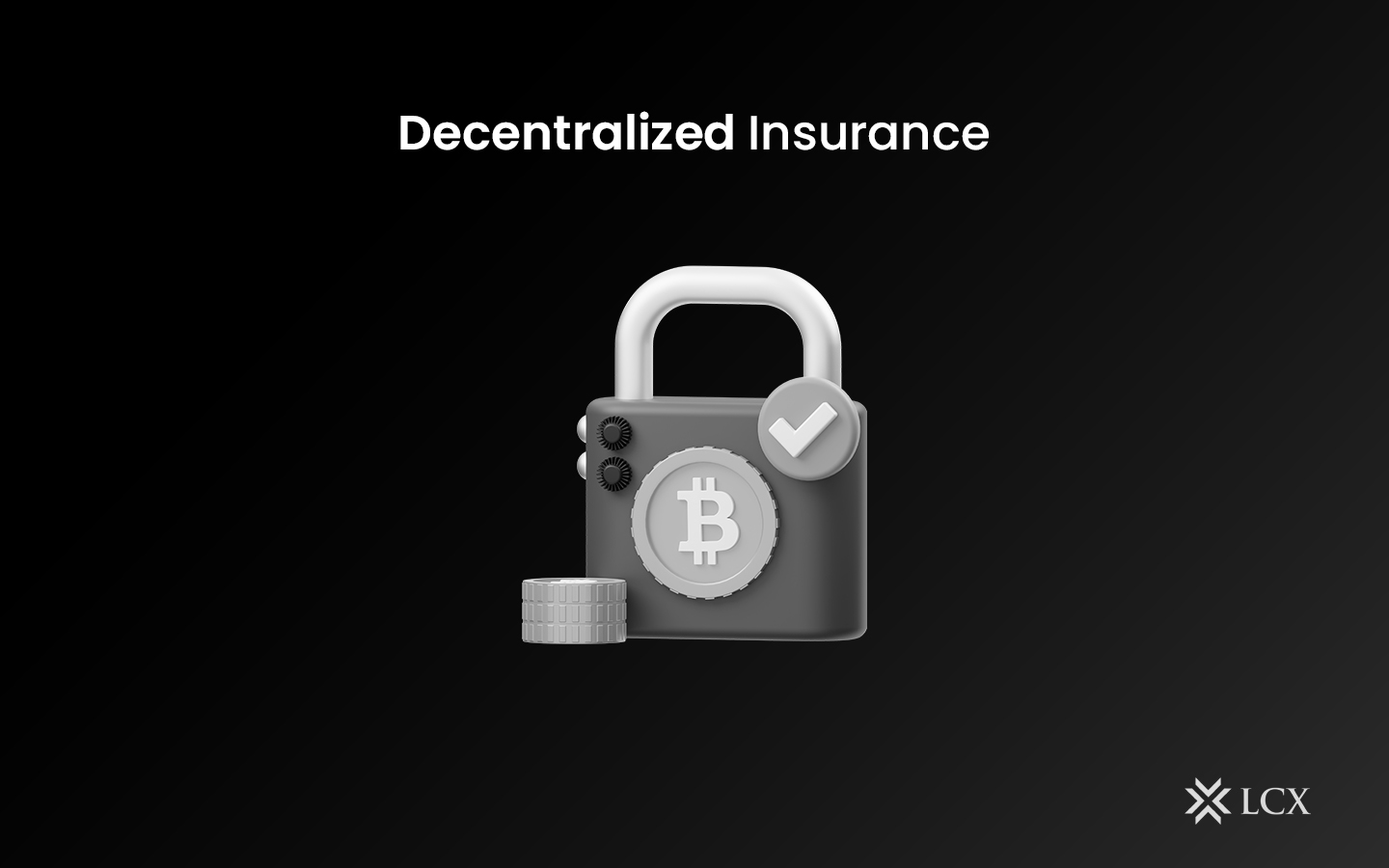As new DeFi projects are launched and similar projects continue to evolve at a rapid pace, we are seeing a rise in the amount of cyberattacks and exploits that result in significant losses.
If the ecosystem only accepts high-risk takers, DeFi adoption would then inevitably stall. Having a solid insurance framework in place is an important step toward lowering the risks that users face when engaging with DeFi applications, and thus luring the most users to this space.
What Is Insurance And How Does It Work?
Insurance is a massive industry, with total global premiums underwritten achieving $6.3 trillion in 2019. The world is implicitly chaotic, and accidents are unavoidable.
Insurance is based on two major assumptions:
- The Rule of Large Numbers
The insurance-covered loss event must be distinct. If the incident is repeated enough times, the result will coalesce to the expected value.
- Risk Sharing
The loss event is notable for its low frequency and significant impact. As a result, premiums compensated by a large number of people subsidize the losses from a few large claims.
Primarily, insurance is an instrument for pooling capital and socializing large losses so that participants do not face financial ruin as a consequence of a single major catastrophe.
Insurance In Crypto
By socializing the expense of any catastrophic events, insurance allows individuals to take risks. It is a crucial risk management tool for encouraging more individuals to become involved beyond the existing niche user base. Insurance products are needed in the DeFi industry so that institutional players with large amounts of capital to mobilize are persuaded that it is secure to participate in DeFi.
DeFi insurance Protocols
- Nexus Mutual: It is the biggest DeFi insurance protocol in the market recently. It offers two types of covers:
- Protocol covers: Protect DeFi protocols that handle user funds because smart contracts can be hacked as a result of contract bugs.
- Custody covers: Cover the threats of funds being hacked or withdrawals being halted.
- Armour Protocol: Armor’s crypto-native, interactive smart coverage aggregation helps make investing in DeFi as risk-free as possible. Armor’s innovations, as a decentralized smart brokerage, real-time coverage, provide on-demand and non-custodial security systems for user assets.
- Cover Protocols: It provide only smart contract covers
Conclusion
The insurance market is still largely untapped. According to Nexus Mutual’s active cover amount, only about 2% of the DeFi’s TVL (Total Value Locked) is covered. Derivatives such as Credit Default Swaps and options may reduce the need to purchase insurance.
However, the development of such products is typically more complex and expensive than the risk pooling technique of insurance, resulting in more expensive coverage. Furthermore, because derivatives are subject to price risk, they are more expensive.
There’s also the prospect that high-risk takers and retail users currently dominate the DeFi market. They may not place a high value on risk management and thus do not see the need for insurance. When the crypto market matures, the Decentralized insurance market will gain traction.









